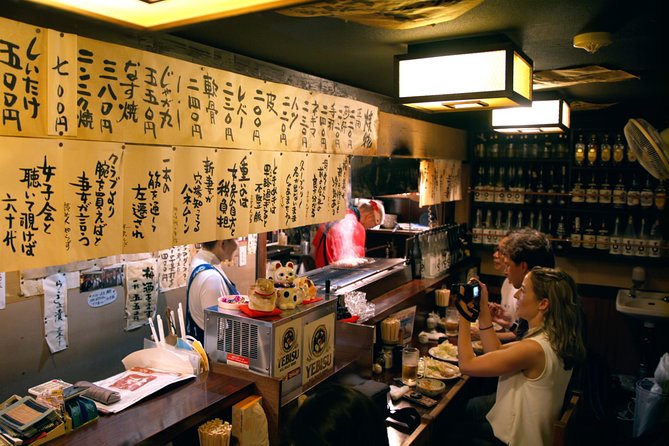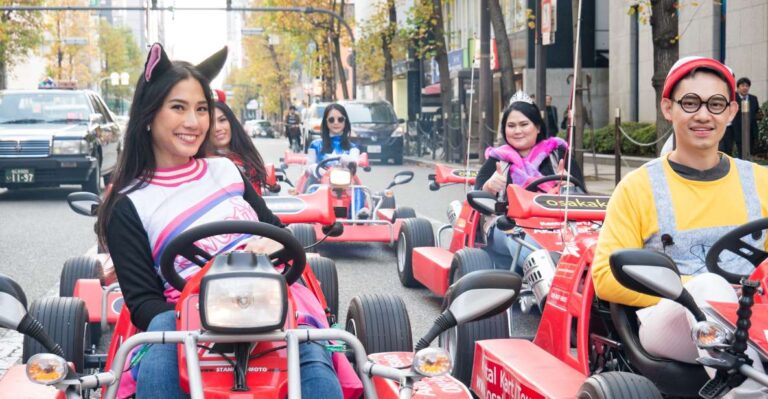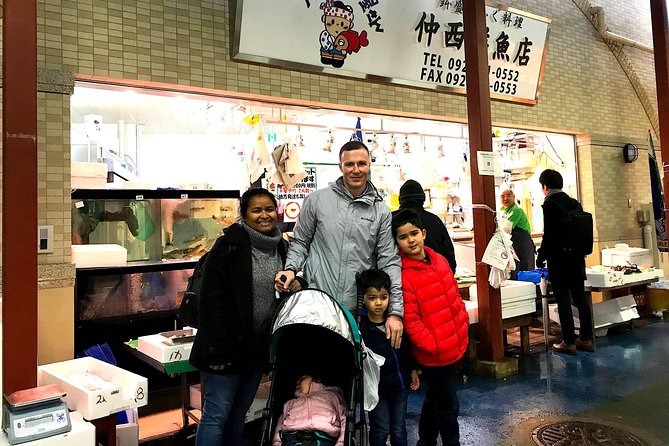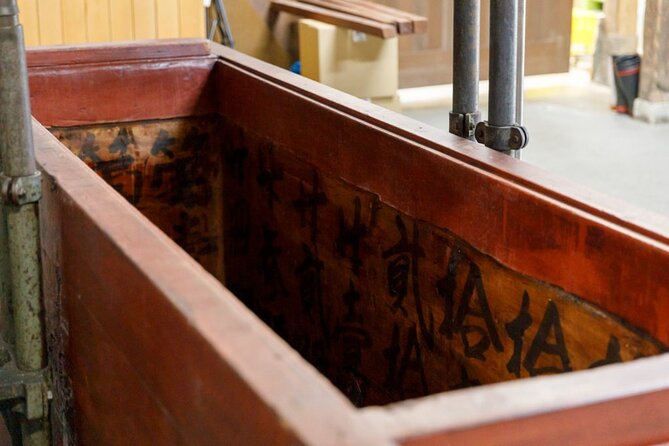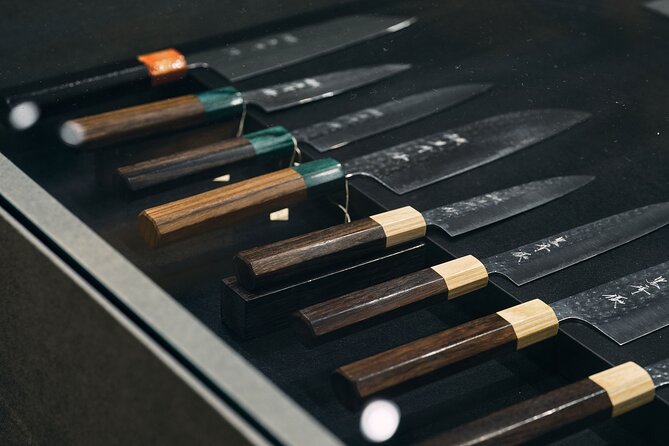Tea Ceremony in the Kurashiki Bikan Historical Quarter
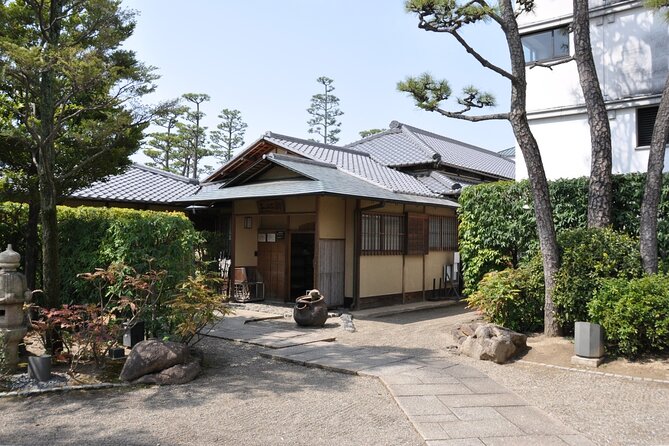
In the heart of the Kurashiki Bikan Historical Quarter, the Tea Ceremony stands as a time-honored tradition that transports participants to a realm of unparalleled cultural significance. Amidst the storied cobblestone streets and ancient architecture, this ceremony weaves a narrative of elegance and respect that captivates all who partake.
As the delicate aroma of freshly brewed tea fills the air, guests are enveloped in an experience that transcends mere sips of tea.
Key Points
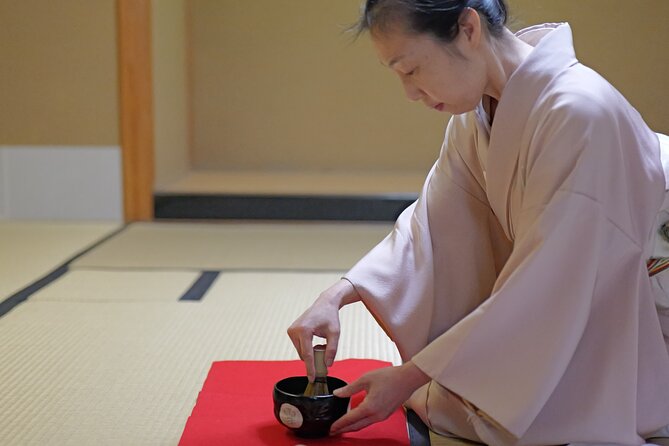
- Rich cultural tradition of Japanese tea preparation
- Essence of Japanese culture through tea making
- Showcase of harmony, respect, and tranquility
- Opportunity to observe intricate rituals
It's also worth checking out some other tours and experiences nearby.
Kurashiki Bikan Historical Quarter Tea Ceremony

During the Kurashiki Bikan Historical Quarter Tea Ceremony, you will enjoy the rich cultural tradition of Japanese tea preparation. This traditional experience allows individuals to explore the essence of Japanese culture through the meticulous art of tea making.
The ceremony showcases the significance of harmony, respect, and tranquility, which are fundamental elements in Japanese society. Participants will have the opportunity to observe and partake in the intricate rituals involved in preparing and serving tea, gaining a deeper understanding of the cultural nuances embedded in each movement.
Engaging in this tea ceremony offers a glimpse into the profound history and customs that have been passed down through generations, providing a unique and authentic insight into Japanese traditions.
Fees and Taxes Information
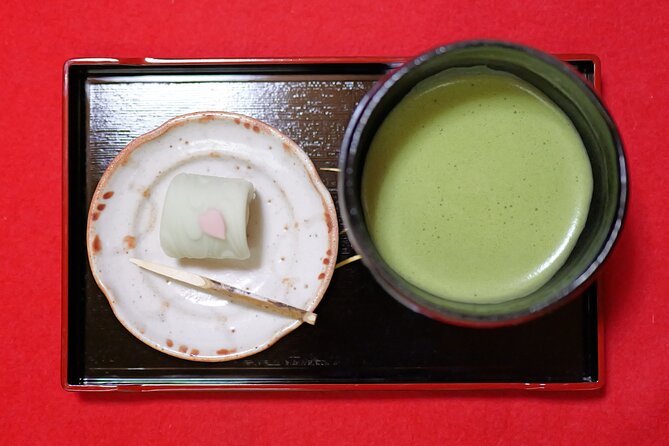
Participants in the Kurashiki Bikan Historical Quarter Tea Ceremony will appreciate the transparency of all fees and taxes included in the experience. The pricing breakdown is straightforward, ensuring no hidden costs surprise attendees.
On top of that, tax exemption is available for eligible participants, providing an added benefit. Payment options are diverse, catering to different preferences and making it convenient for guests to settle their fees.
This clear and upfront approach to fees and taxes adds to the overall positive experience of the tea ceremony, allowing participants to focus on enjoying the traditional ritual without worrying about any unexpected financial implications.
Meeting Point and Pickup Details
The meeting point for the Tea Ceremony in Kurashiki Bikan Historical Quarter is at Keiken-do, located at 1-chōme-1-20 Chūō, Kurashiki, Okayama 710-0046, Japan.
| Meeting Point | Pickup Details |
|---|---|
| Keiken-do, 1-chōme-1-20 Chūō, Kurashiki, Okayama 710-0046, Japan | Participants are required to make their own way to the meeting point. |
| Meeting Time | Latecomers |
| 15 minutes before the scheduled start time | Latecomers may miss the tea ceremony experience. |
| Recommended Attire | Contact Information |
| Casual and comfortable clothing | For any inquiries or assistance, participants can contact TAKAHASHIGAWA TRAVEL at +81-86-456-7890. |
Participants should ensure they arrive at the meeting point on time to avoid missing the Tea Ceremony experience.
What To Expect During the Ceremony
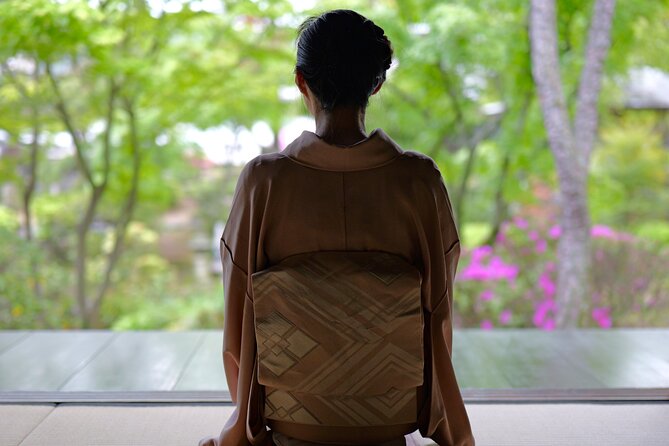
Attendees will experience a traditional tea ceremony focused on mindfulness and respect for the ritual. During the tea ceremony experience, participants can expect the following:
-
Ceremony Etiquette: Guests will be guided on proper behavior and etiquette during the ceremony, including how to enter the tea room, receive and drink the tea, and interact with the host.
-
Tea Preparation: Witness the meticulous process of preparing matcha green tea, from the precise measuring of tea powder to the graceful whisking of hot water.
-
Calm Atmosphere: Enjoy a serene environment where every movement and gesture is deliberate, creating a moment of tranquility and reflection.
Cancellation Policy Guidelines
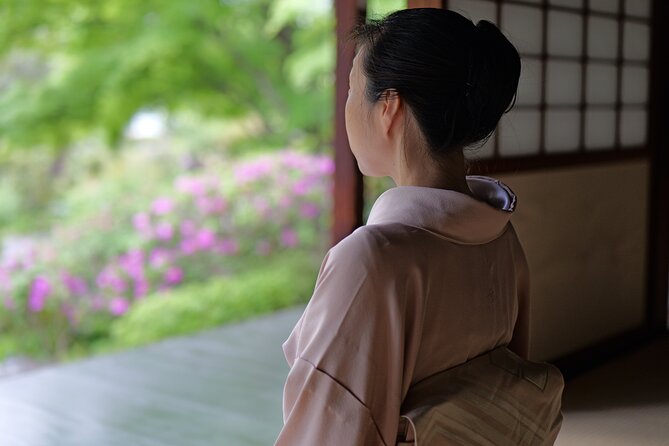
Upon booking this tea ceremony in Kurashiki Bikan Historical Quarter, cancellations made at least 24 hours in advance are eligible for a full refund. For last-minute cancellations, i.e., those made less than 24 hours before the scheduled start time, no refunds will be issued.
It’s important to note that changes to bookings aren’t accepted within 24 hours of the tea ceremony’s start time. The refund process for eligible cancellations made within the specified time frame will be initiated promptly.
Participants should be mindful of the cancellation policy guidelines to avoid any inconvenience. It’s recommended to plan accordingly and make any necessary adjustments well in advance to ensure a smooth experience and adhere to the cancellation policy.
Directions to Shinkeien Garden
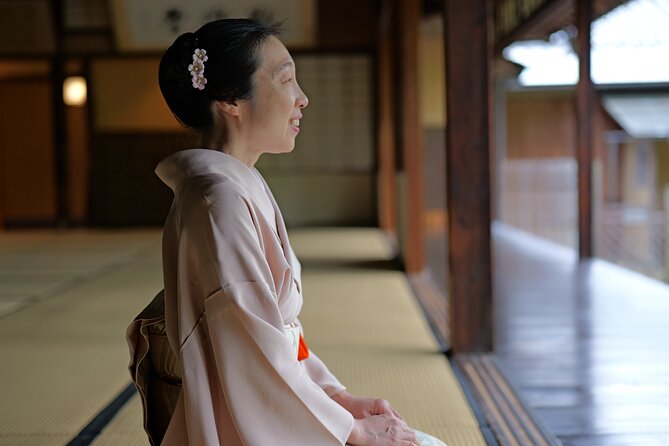
For clear guidance to reach Shinkeien Garden from Kurashiki Station, head southeast on Kurashiki Ekimae-dori street for approximately 10 minutes until you spot the entrance on your left.
Directions to Shinkeien Garden:
- Follow Kurashiki Ekimae-dori street southeast for about 10 minutes.
- Look for the garden entrance on your left.
- Enter Shinkeien Garden and learn about its beauty.
Visitors are encouraged to observe garden etiquette and appreciate the tea ceremony using traditional utensils.
Upon arrival, take a moment to admire the surroundings before engaging in the serene atmosphere that awaits within the garden’s boundaries.
Location of Keiken-do
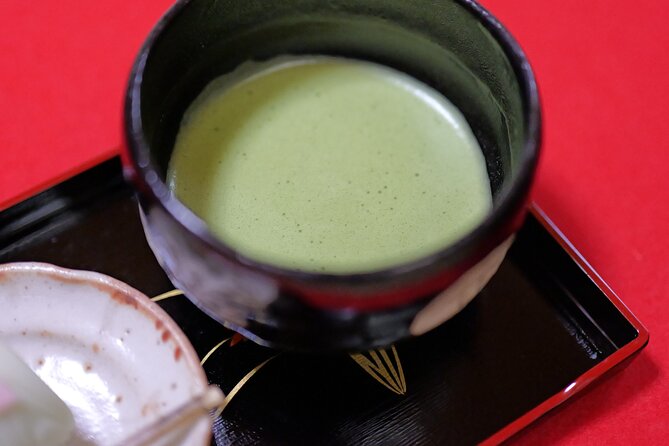
Located within Shinkeien Garden in Kurashiki, Japan, is the meeting point for the Tea Ceremony activity known as Keiken-do. This traditional experience offers visitors a chance for culture in the art of Japanese tea ceremonies. Participants gather at Keiken-do to engage in a ritual that dates back centuries, where every gesture and movement holds symbolic meaning. The location within the serene Shinkeien Garden enhances the authenticity of the experience, surrounded by meticulously landscaped greenery and traditional architecture. Keiken-do serves as a gateway to a world where mindfulness, respect, and tranquility converge, providing an opportunity for travelers to connect with Japan’s rich cultural heritage through a hands-on practice that transcends mere observation.
| Traditional Experience | Cultural Immersion | Location |
|---|---|---|
| Yes | Yes | Shinkeien Garden, Kurashiki, Japan |
Additional Information and Recommendations
Nestled within the peaceful surroundings of Shinkeien Garden in Kurashiki, Japan, visitors can enhance their cultural understanding and experience by participating in the Tea Ceremony at Keiken-do.
Additional Information and Recommendations:
-
Tea Etiquette: Guests are expected to observe traditional customs such as bowing to the host, receiving and drinking tea with both hands, and refraining from making loud noises during the ceremony.
-
Cultural Significance: The Tea Ceremony holds deep cultural importance in Japan, emphasizing harmony, respect, purity, and tranquility. It’s a symbolic ritual that reflects Japanese aesthetics and philosophy.
-
Attire Suggestions: Visitors are recommended to wear comfortable clothing that’s easy to sit in for an extended period, as the ceremony involves sitting on tatami mats.
Frequently Asked Questions
Can Participants Take Photographs During the Tea Ceremony?
Participants must adhere to photography etiquette and respect traditional customs during the tea ceremony. They should refrain from taking photographs unless explicitly permitted by the hosts. Maintaining the sanctity of the ceremony is paramount.
Are There Any Specific Dress Code Requirements for the Tea Ceremony?
There are no specific dress code requirements for the tea ceremony. Participants are encouraged to wear traditional attire to fully enjoy the cultural significance of the experience, enhancing the overall atmosphere.
Is There a Restroom Available Nearby for Participants During the Ceremony?
Restroom accessibility is crucial for participant comfort during the tea ceremony. Ensuring a nearby facility is available can enhance the overall experience, allowing guests to focus on the ceremony without disruptions.
Are English-Speaking Guides Available to Assist Non-Japanese Speakers During the Tea Ceremony?
English-speaking guides provide language assistance for a cultural experience like the tea ceremony. Participants can fully engage in the tradition and understand its nuances. The guides enhance the experience for non-Japanese speakers, ensuring a memorable visit.
Are There Any Age Restrictions for Participating in the Tea Ceremony?
Age restrictions may apply for the tea ceremony. Photography restrictions may also be in place. Confirm details with the tour operator.
Recap
Experience the beauty and tradition of a Japanese Tea Ceremony in the Kurashiki Bikan Historical Quarter with TAKAHASHIGAWA TRAVEL.
From the serene setting of Shinkeien Garden to the intimate and authentic experience, guests are sure to be captivated by the grace and hospitality of this centuries-old ritual.
Don’t miss out on this opportunity to learn about Japanese culture and enjoy a moment of tranquility in the heart of Kurashiki.

